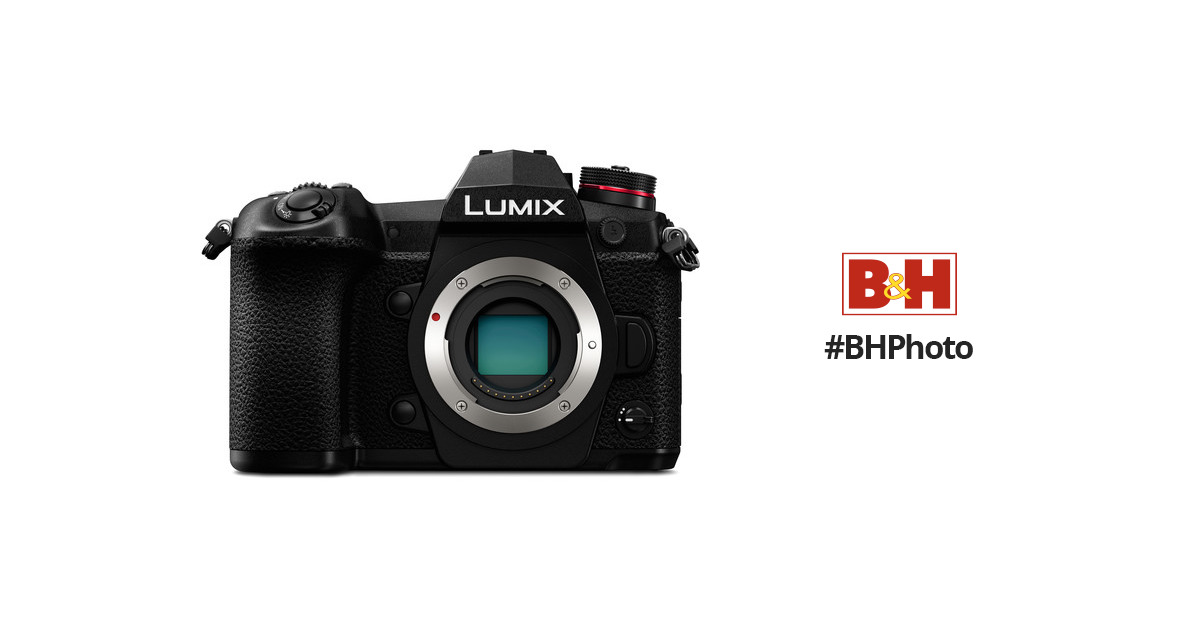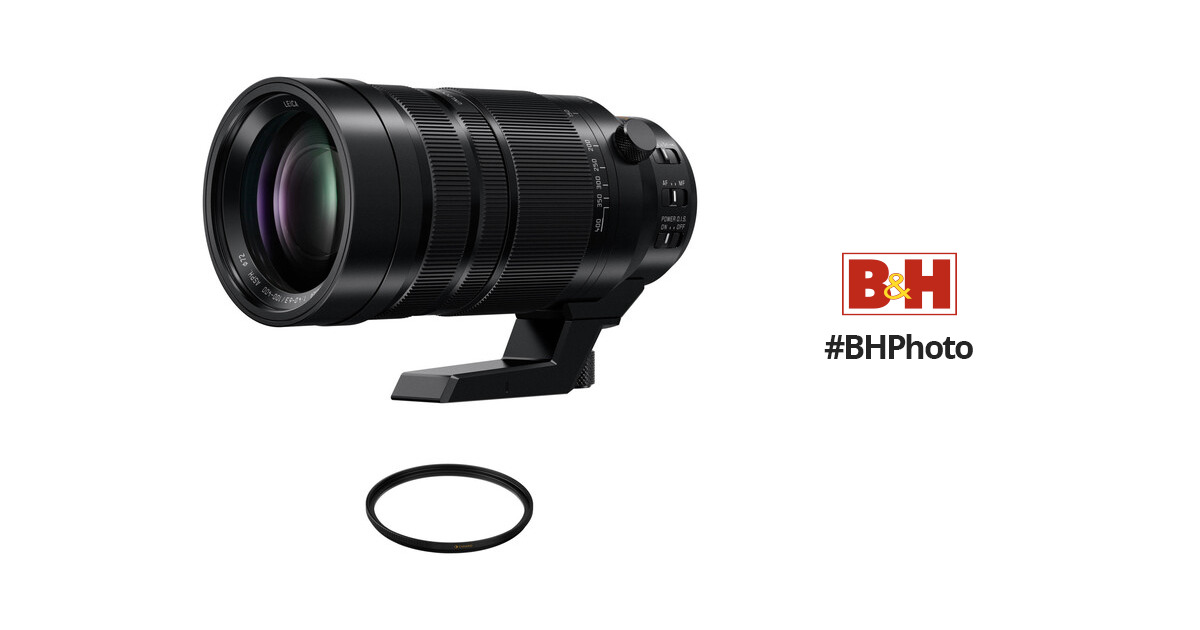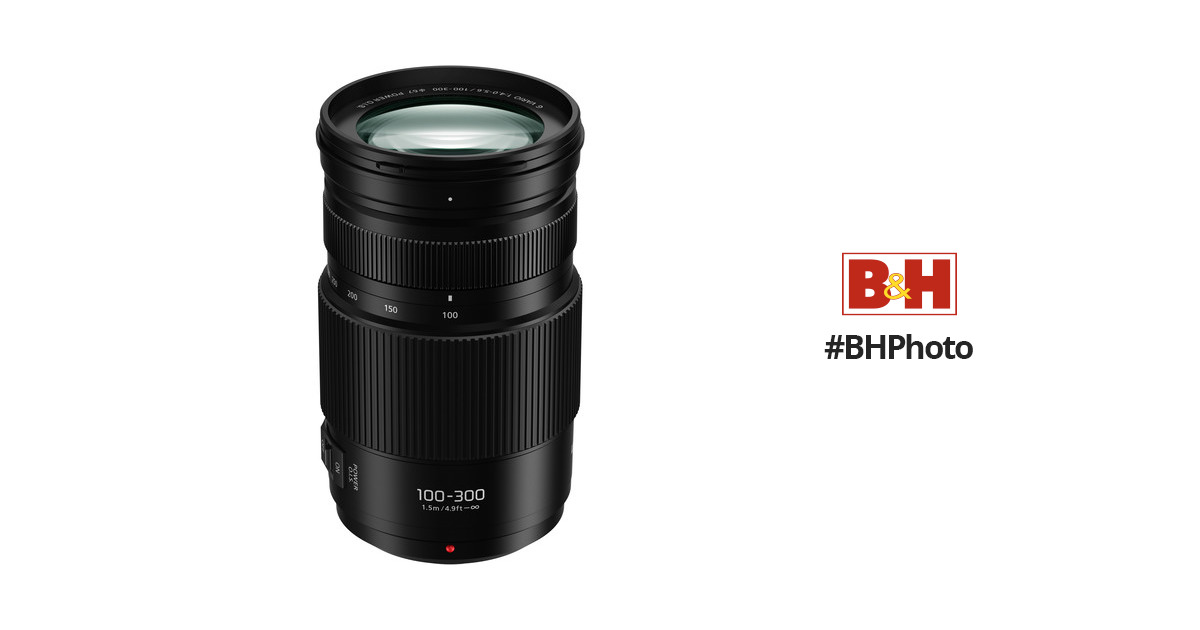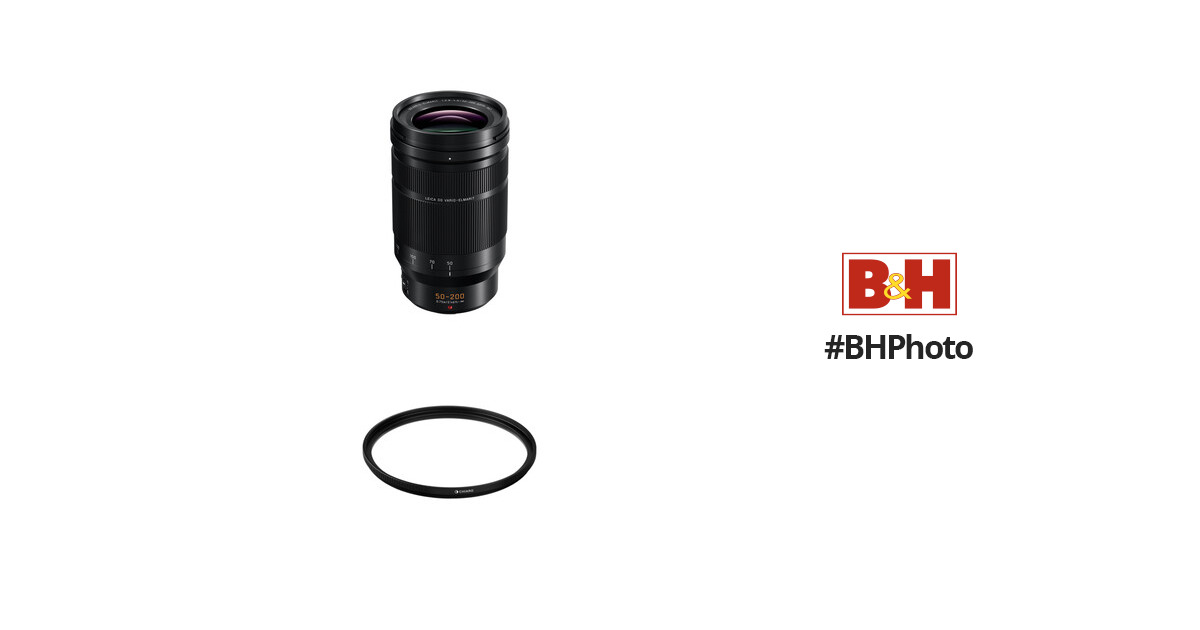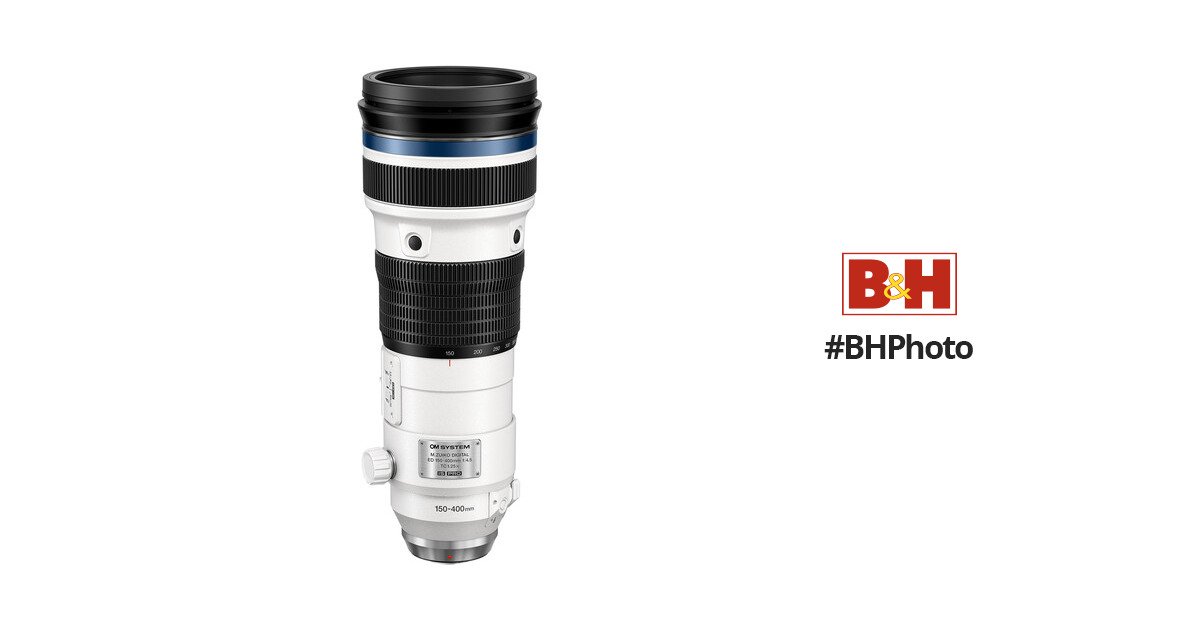Hi Everyone,
I got into birding and bird photography last year using a borrowed Nikon Z50 with a Nikkor 50-250mm f/4.5-6.3 lens. I have taken some nice pictures with it, but I feel there is still room for improvement. I would also like a bit more zoom.
I'm now looking for an upgrade and am looking to spend around €2000 (can go up to €3000 if the quality upgrade warrants it)
I am by no means a professional photographer, most pictures I take are for ID purposes.
I will usually be walking 5-10 miles in mostly forested areas, so there needs to be at least some low-light capability (weather isn't always great where I live either).
A light weight is also important since I will be shooting handheld. The Z50 has been amazing in this aspect.
My most important dillemma's are:
DSLR-Mirrorless-Bridge cameras
Full frame-crop sensor.
DSLR: I'm looking at the Canon 7d Mk II with a 100-400mm sigma lens, but I'm a bit worried about the weight. Does anyone have experience lugging 3kg of equipment around and shooting handheld with it? How hard is it?
Bridge cameras: I'm a bit weary about low light performance and being able to track birds with the zoom. can you be quick enough to find a hyperactive bird in a brush?
Mirrorless: This seems ideal, but I've heard some complaints about the light body not balancing well with a heavier lens
Does anybody have any experiences with setups in this price range? Recommendations?
I got into birding and bird photography last year using a borrowed Nikon Z50 with a Nikkor 50-250mm f/4.5-6.3 lens. I have taken some nice pictures with it, but I feel there is still room for improvement. I would also like a bit more zoom.
I'm now looking for an upgrade and am looking to spend around €2000 (can go up to €3000 if the quality upgrade warrants it)
I am by no means a professional photographer, most pictures I take are for ID purposes.
I will usually be walking 5-10 miles in mostly forested areas, so there needs to be at least some low-light capability (weather isn't always great where I live either).
A light weight is also important since I will be shooting handheld. The Z50 has been amazing in this aspect.
My most important dillemma's are:
DSLR-Mirrorless-Bridge cameras
Full frame-crop sensor.
DSLR: I'm looking at the Canon 7d Mk II with a 100-400mm sigma lens, but I'm a bit worried about the weight. Does anyone have experience lugging 3kg of equipment around and shooting handheld with it? How hard is it?
Bridge cameras: I'm a bit weary about low light performance and being able to track birds with the zoom. can you be quick enough to find a hyperactive bird in a brush?
Mirrorless: This seems ideal, but I've heard some complaints about the light body not balancing well with a heavier lens
Does anybody have any experiences with setups in this price range? Recommendations?











